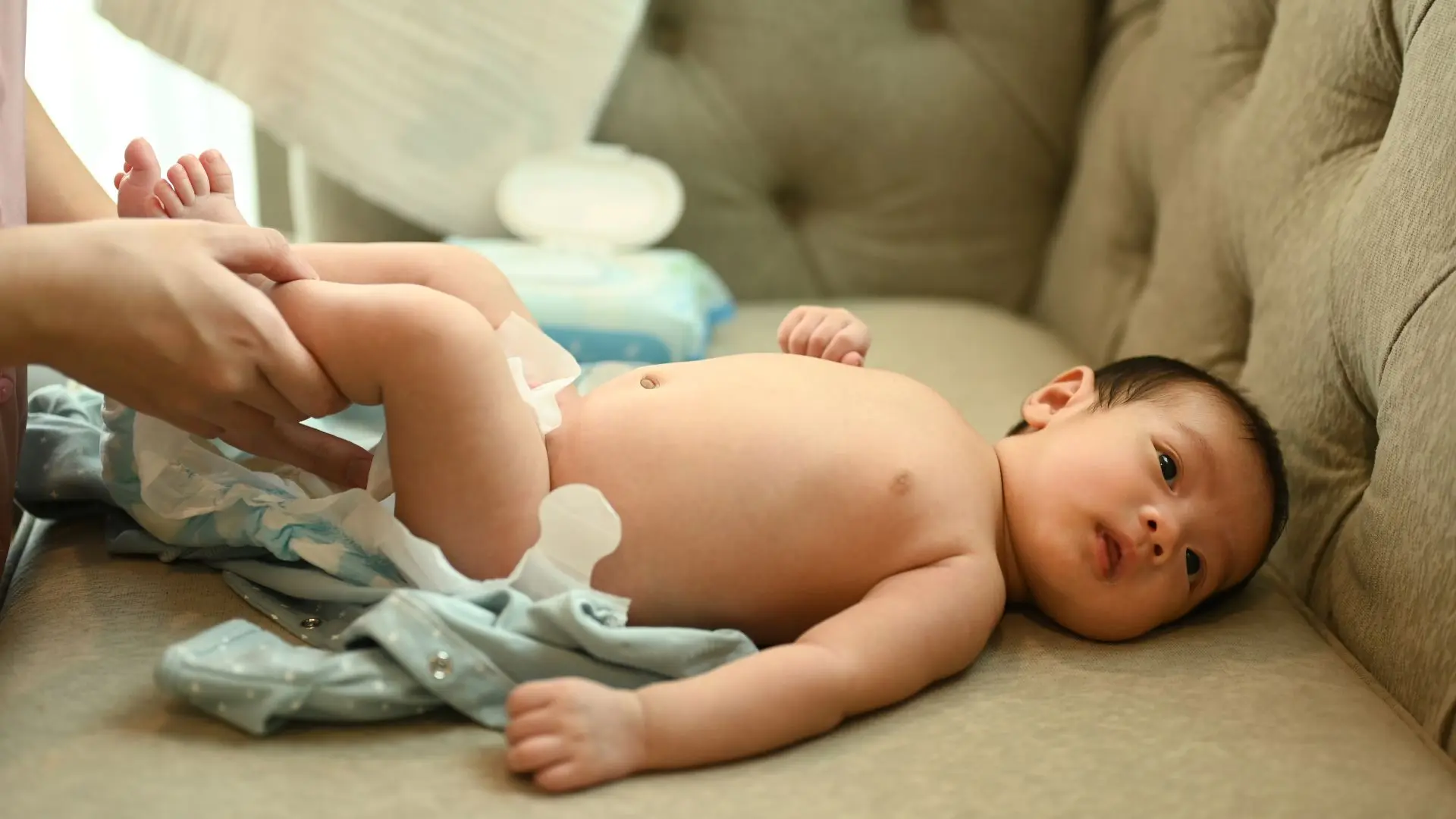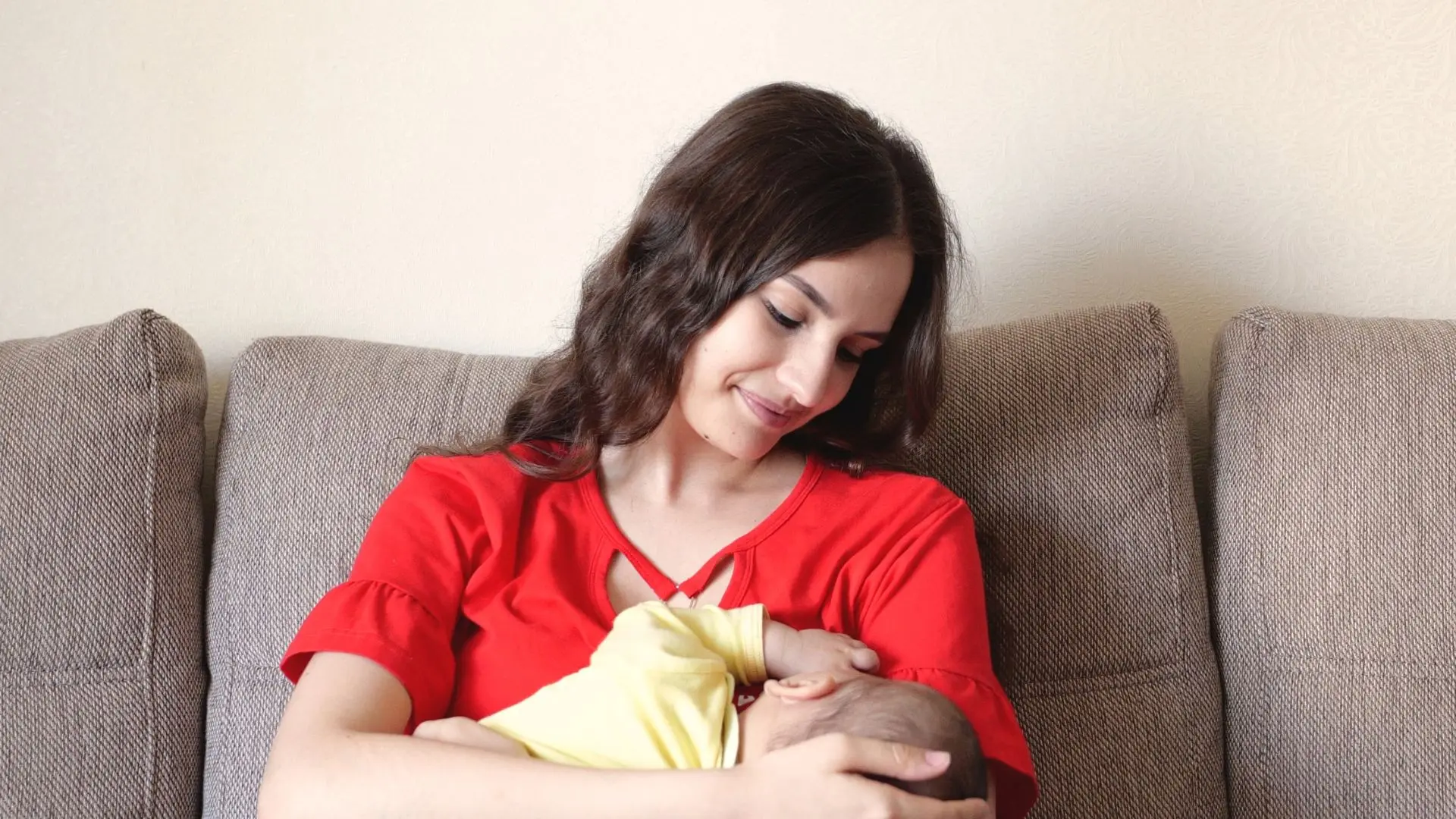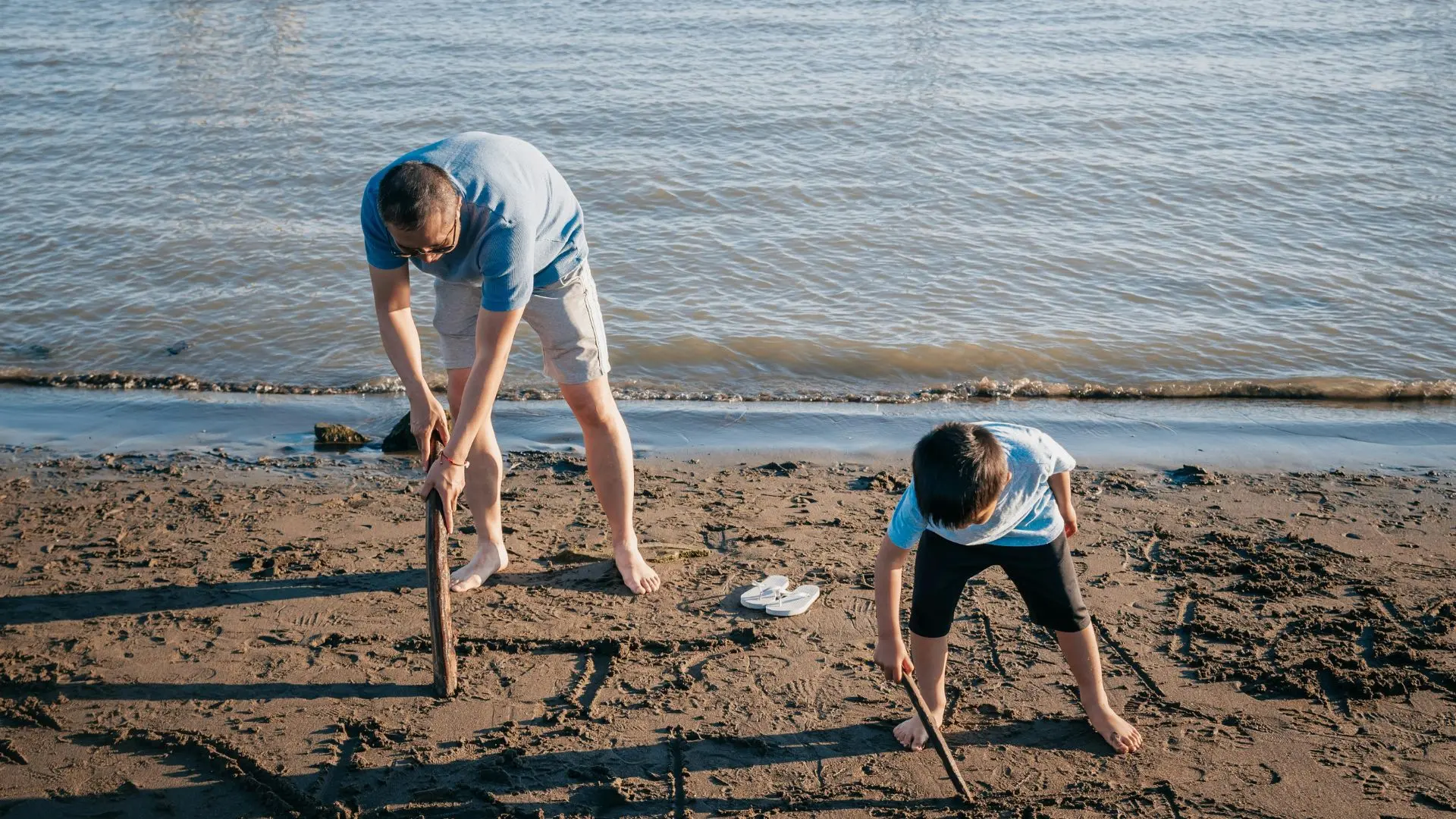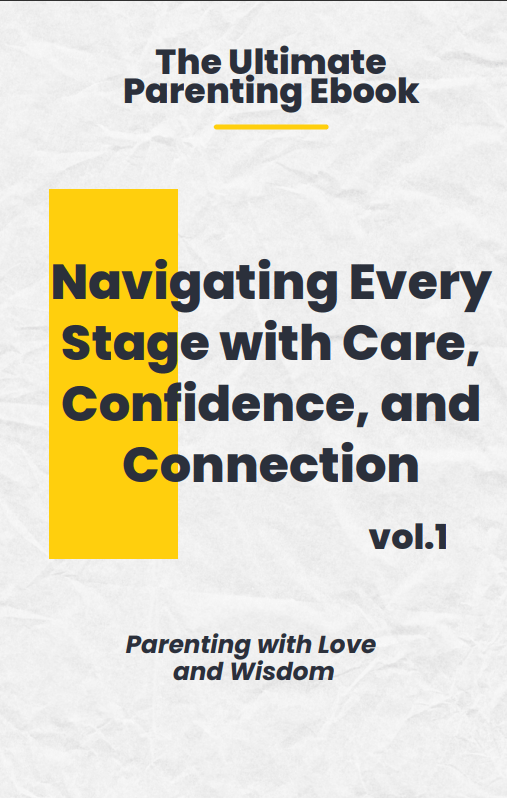Learn the best practices for Newborn Uncircumcised Care. Our guide covers cleaning, infection prevention, and more to keep your baby healthy and happy.
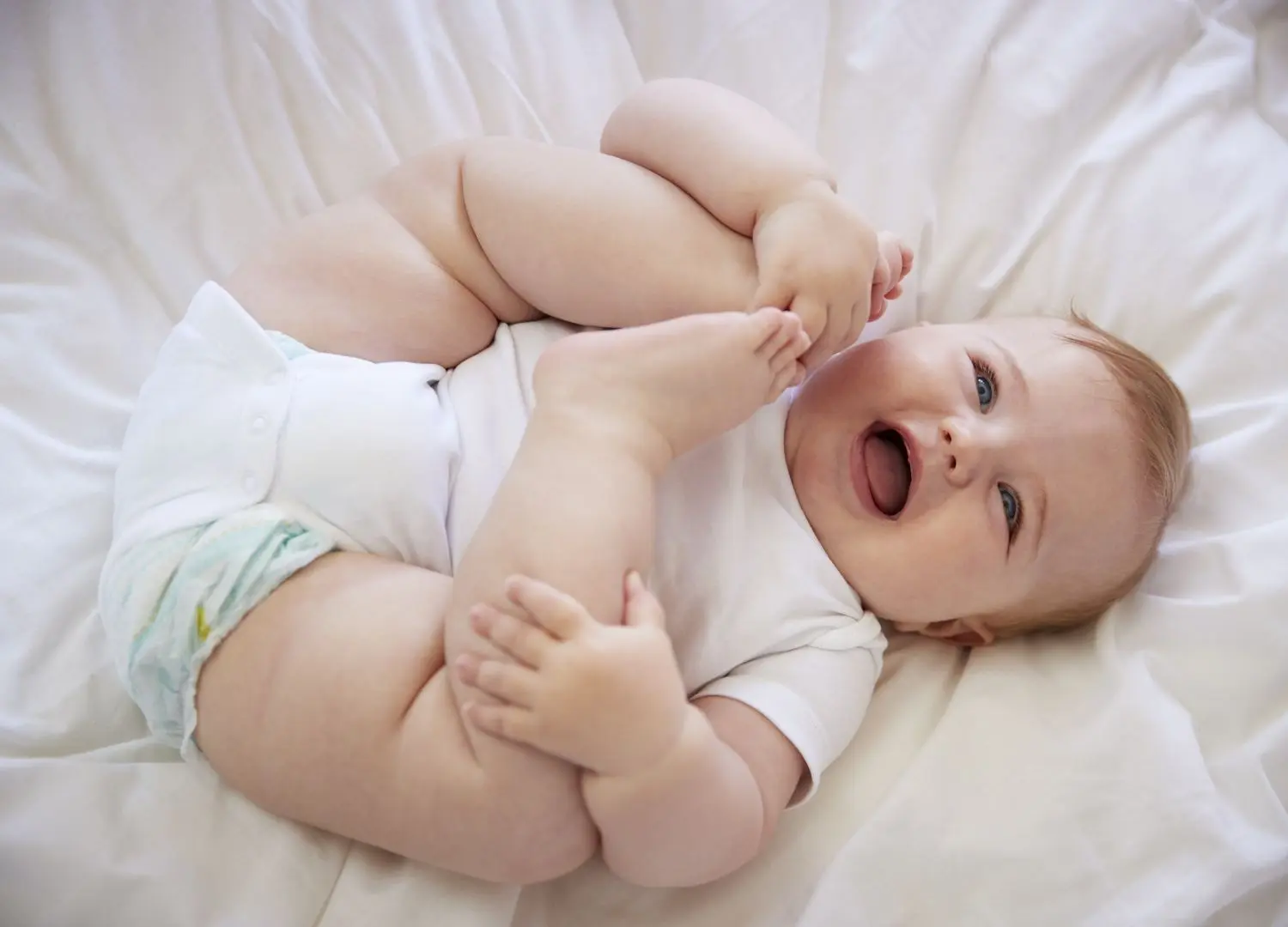
Newborn uncircumcised care is an essential aspect of parenting that often comes with many questions and concerns. As a new parent, understanding how to properly care for your baby’s uncircumcised penis is crucial for his health and comfort. Did you know that in the United States, about 55% of newborn boys are not circumcised? This decision is influenced by cultural, religious, and personal preferences.
Imagine bringing your newborn son home and navigating this new world of diaper changes and bath times, all while ensuring you’re doing the best for his sensitive skin. With practical advice and clear guidance, this blog will help you confidently manage newborn uncircumcised care, avoiding common mistakes and ensuring your baby stays healthy and happy.
In This Blog
ToggleWhat is Newborn Uncircumcised Care?
Definition of Newborn Uncircumcised Care
Newborn uncircumcised care involves maintaining the hygiene and health of your baby’s uncircumcised penis. This includes gentle cleaning during diaper changes and baths, without forcibly retracting the foreskin, which remains attached to the glans in infancy.
Natural State of an Uncircumcised Penis
The foreskin of a newborn boy is naturally fused to the head of the penis and will gradually separate on its own. This process can take several years, often not completed until puberty. During this time, the foreskin provides protection against irritants and infection.
Cultural and Personal Reasons for Choosing Not to Circumcise
In the United States, many parents opt for newborn uncircumcised care due to cultural, religious, and personal beliefs. Some parents feel that it is a natural part of their child’s body that should remain intact, while others cite religious traditions or concerns about the potential risks and pain associated with circumcision.
- Cultural Beliefs: Different cultures have varying views on circumcision, influencing parental decisions.
- Health Perspectives: Some parents believe that the natural state is healthier and less invasive.
- Personal Preference: The decision can also stem from a desire to allow the child to make his own choice about circumcision later in life.
What are Common Mistakes in Newborn Uncircumcised Care?
When it comes to newborn uncircumcised care, many well-meaning parents make mistakes that can cause discomfort or even harm to their baby. Here are some common pitfalls to avoid:
Pulling Back the Foreskin Too Early
One of the biggest mistakes in newborn uncircumcised care is trying to retract the foreskin before it’s ready. The foreskin is naturally fused to the glans and will separate on its own over time, often not until puberty. Forcing it back can cause pain, tearing, and potential scarring.
Using Harsh Soaps or Chemicals
Another common error is using harsh soaps or chemicals when cleaning the penis. Newborn skin is very sensitive, and harsh products can irritate. Stick to mild, fragrance-free soaps and warm water to gently clean the area.
Ignoring Signs of Potential Issues
Parents sometimes overlook signs of problems, assuming any redness or swelling is normal. While mild redness can be typical, persistent or severe symptoms might indicate an infection. Be vigilant and consult a pediatrician if you notice any unusual discharge or if your baby seems to be in pain.
Over-Cleaning or Under-Cleaning
Striking the right balance in cleaning is crucial in newborn uncircumcised care. Over-cleaning can irritate the sensitive skin, while under-cleaning can lead to hygiene issues. Gently washing the area with warm water during diaper changes and baths is usually sufficient.
By avoiding these common mistakes, you can ensure your baby’s uncircumcised penis remains healthy and comfortable.
What are the Signs of Infection?
In newborn uncircumcised care, being vigilant about potential signs of infection is crucial to ensure your baby’s health and comfort. Recognizing these signs early can prevent more serious complications.
Redness and Swelling
While some redness is normal, especially if your baby wears diapers, persistent or severe redness and swelling can indicate an infection. Inflammation that doesn’t improve or worsen over time is a red flag.
Unusual Discharge or Odor
If you notice any unusual discharge or a foul odor coming from your baby’s penis, it could be a sign of an infection. Healthy newborns should not have discharge, so this symptom warrants immediate attention.
Baby’s Discomfort or Pain During Urination
Pay close attention to your baby during diaper changes. If your baby seems uncomfortable or cries while urinating, this could be a sign of an infection or other issue with the foreskin or urinary tract.
When to Seek Medical Advice?
Knowing when to seek medical advice is crucial for effective newborn uncircumcised care. Here’s what parents should keep in mind:
Identifying When Something Is Wrong
Pay attention to any signs of discomfort, pain, or unusual symptoms in your baby’s genital area. If you notice persistent redness, swelling, unusual discharge, or foul odor, it may indicate an infection or other issue. Trust your instincts and seek medical advice if you have any concerns about your baby’s health.
Communicating Effectively with Your Pediatrician
When discussing your concerns with your pediatrician, be clear and specific about the symptoms you’ve observed. Provide details about when the symptoms started, how severe they are, and any factors that seem to worsen or improve them. Effective communication helps your pediatrician make an accurate diagnosis and recommend appropriate treatment.
Potential Treatments and Interventions
Your pediatrician may recommend various treatments or interventions based on the underlying cause of the symptoms. This could include topical creams or ointments for infections or, in rare cases, surgical procedures. Trust your pediatrician’s expertise and follow their recommendations to ensure the best outcome for your baby.
What are the Tips to Keep It Safe and Clean?

Proper newborn uncircumcised care is essential for your baby’s health and comfort. Here are some practical tips to keep your baby’s penis safe and clean.
Diaper Changing Tips to Prevent Irritation
When changing your baby’s diaper, ensure the area is thoroughly clean and dry. Use a soft, wet cloth or hypoallergenic wipes to gently clean the penis and surrounding area. Avoid vigorous wiping to prevent irritation.
Importance of Regular Diaper Changes
Regular diaper changes are crucial in newborn uncircumcised care. Change diapers frequently to prevent prolonged contact with urine and feces, which can cause irritation and increase the risk of infection. Aim to check and change diapers every two to three hours, or immediately when soiled.
Allowing Diaper-Free Time for Air Circulation
Allowing your baby some diaper-free time each day can help air out the genital area, reducing moisture and preventing diaper rash. Spread a towel or a waterproof pad and let your baby kick and move freely for a few minutes during each diaper change.
Using Gentle, Hypoallergenic Products
Using gentle, hypoallergenic products is a key aspect of newborn uncircumcised care. Choose soaps, wipes, and creams that are free from fragrances and harsh chemicals. These products minimize the risk of allergic reactions and keep your baby’s skin healthy.
Using Warm Water to Avoid Irritants
Warm water is essential in newborn uncircumcised care. It helps clean the area effectively without causing discomfort.
Remember, gentle and consistent care is the best approach to maintaining your baby’s hygiene and comfort.
What Parents Should Know About Foreskin Development?
Understanding the development of your baby’s foreskin is an important aspect of newborn uncircumcised care. Here are key points every parent should be aware of:
Natural Separation Process of the Foreskin
In newborns, the foreskin is naturally fused to the head of the penis. Over time, usually by adolescence, the foreskin gradually separates from the glans on its own. This process is part of normal development and should not be forced.
Typical Age Range for Foreskin Retraction
While the foreskin may not retract in newborns, it usually begins to do so by the age of three to five years. However, the timeline can vary for each child. Some boys may experience retraction earlier, while others may take longer. It’s essential to let the process occur naturally and avoid attempting to retract the foreskin prematurely.
Teaching Older Children Proper Hygiene Practices
As your child grows older, it’s important to teach them proper hygiene practices. Once the foreskin can be retracted comfortably, teach your child to gently clean underneath it during bath time. Emphasize the importance of using warm water and avoiding harsh soaps to prevent irritation.
By understanding the natural development of the foreskin, parents can ensure they provide appropriate care and guidance to their children. Encouraging patience and gentle hygiene practices will promote healthy foreskin development and overall well-being.
Conclusion
In wrapping up our discussion on newborn uncircumcised care, it’s important to emphasize the significance of providing proper attention and care to your baby’s delicate genital area. Newborn uncircumcised care plays a crucial role in maintaining your baby’s comfort and health as they grow. By following the tips and guidelines outlined in this blog, you can ensure that your baby receives the best possible care.
Remember, newborn uncircumcised care isn’t just about hygiene—it’s about fostering a sense of security and well-being for your little one. By staying informed and attentive to your baby’s needs, you’re setting them up for a healthy start in life.
Lastly, I want to leave you with some final reassurance and encouragement. Parenting can sometimes feel overwhelming, but you’re not alone on this journey. Reach out to your pediatrician if you have any concerns or questions about newborn uncircumcised care. Trust your instincts and remember that you’re doing a fantastic job.
I invite you to share your experiences and questions in the comments below. Your insights and stories can provide valuable support and encouragement to other parents navigating newborn uncircumcised care.
You may also be interested in : 10 Tips for Infant Emotional Development: Beginner to Pro

